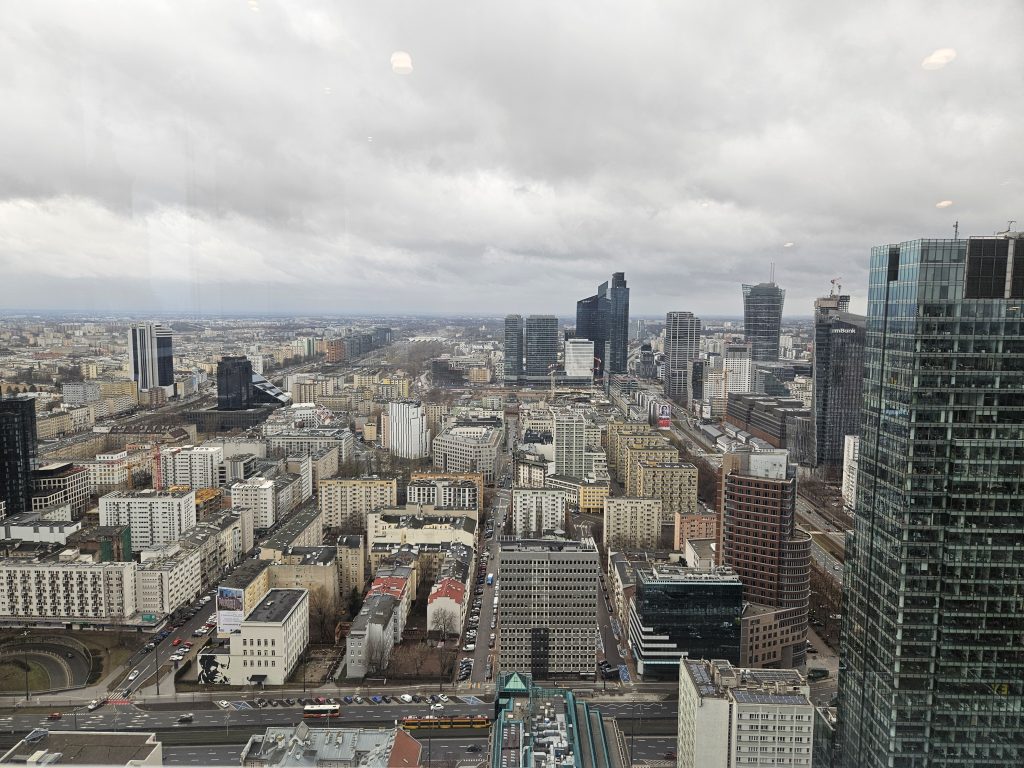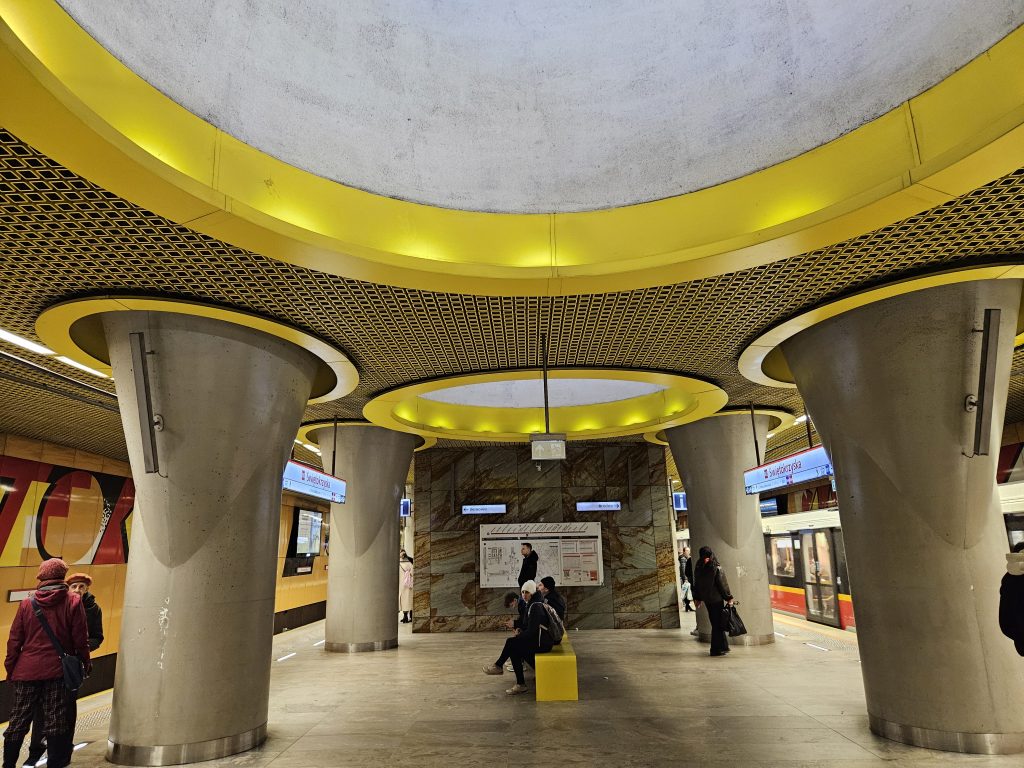For this posting we highlight another track by David Bowie featuring the title of another European City. “Warszawa” was released on the album “Low” in January 1977 and was regularly used as the opening number on his live shows.
Part of the melody is said to be based on a Polish folk song and was written to express the desolation of Warsaw at the time of his visit in 1973. You might be interested in viewing this short documentary video based on his visits to Warsaw where an explanation is given of where the inspiration for the song might have come from.
In 1945 85% of Warsaw had been destroyed but walking around the old town today you would have no idea. It has been reconstructed with alleys, houses and churches so faithfully that the area has earned UNESCO World Heritage Status. The plan was to recreate the city’s late 18th century appearance, you can judge for yourself how successful they have been. Old drawings, plans and even paintings by the famous Italian landscape artist Bernardo Bellotto were used to aid the reconstruction. You can find more details on the UNESCO site. The majority of the work was completed by the mid 1960s but the final piece was finished in 1984 with the opening of the Royal Palace.

The most historic part of the Old Town is the old market square. Here you can dine out and watch the world go by surrounded by magificent Renaissance and Baroque buildings where in years gone by the town’s merchants would have lived. Whilst visiting the Old Town do not miss out on a visit to the Royal Palace which is now a museum and the Castle Square where Bill Clinton welcomed Poland to NATO in 1997.

If you have a fascination for architecture from the Communist era then you must not miss the 237 meter tall Palace of Culture and Science. The building was a gift from the Soviet Union to the people of Poland in 1955 and today houses four theatres, two museums and a multi-plex cinema amongst its offerings. Take a trip up to the 30th floor observation tower for a great view of the city.

Other notable stopping points on your visit to Warsaw might include the Warsaw Uprising Museum where you can discover the story of the August to October 1944 uprising that led to much of the destruction of the city by the Germans, with many before and after images. A relatively recent addition to the museums in the city is the Museum of the History of Polish Jews (POLIN) that was fully opened in 2014 and documents the lives of Jews over the thousand years during which Poland became home to the largest Jewish community in Europe.
Regular readers of this site will know that we do like to travel by a variety of transport methods. Whilst in Warsaw do not forget to head underground and have a ride on the Metro.


Enjoy your visit to Warsaw.